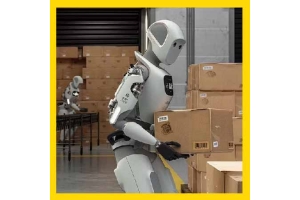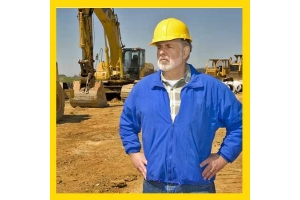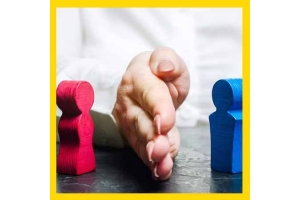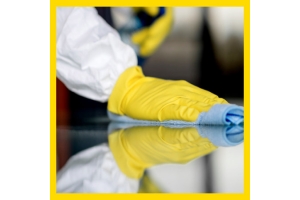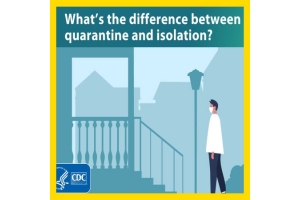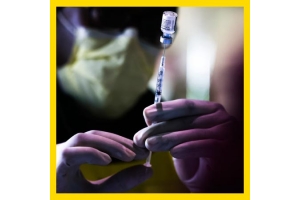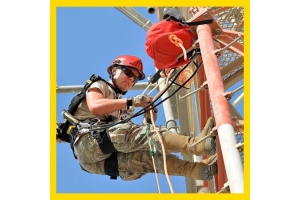Currency
-
September 24, 2017The proprietary technology AirSensit™ platform has created the world’s smallest powered respirator. CleanSpace respirators have no hoses, cables or belt mounted battery packs. The design of powered air-purifying respirators (PAPRs) creates a light, compact system that is user friendly and provides full mobility and portability for workers.
-
September 24, 2017
A good pair of safety shoes/ boots is essential equipment in many industries. Safety shoes/boots are precision constructed to protect against common workplace dangers: slip and fall accidents, electrical shock, chemical burns, and broken bones.
Types of work shoes/boots
Steel toe
work shoes/boots are designed to protect your toes and upper foot bones from injury by falling objects, and soles are designed to protect against puncture. Steel toe shoes/boots are favored by construction workers, firefighters, and police officers. Steel toe safety shoes come in the form of work shoes/boots, shoes, sneakers, and clogs.
Composite toe
Comp toe work shoes/boots are quickly becoming the industry norm. A composite safety toe is made of non-metal materials like Kevlar, carbon fiber, plastic, or fiberglass. -
September 24, 2017
A scaffolding boss has pleaded guilty to charges against himself and his company for breaches to health and safety law after an employee suffered life-changing injuries in the workplace
.
33-year old worker Jamie Mines was injured at Boundary Scaffolding’s workplace on the Kendrick Industrial Estate in Swindon last December.
Working on roof
Mines was working on a roof when he came into contact with overhead powerlines which threw him 13ft through the air as 33,000 volts passed through him. As a result of the incident, he lost his legs and hands, and was placed into an induced coma.
Director Jonathan Lee Griffith-Clack admitted to the charges and spoke of his ‘deep regret’ at Swindon Magistrates’ Court in the case against him, brought by the Health and Safety Executive.
Sentencing will take place on 6 October.
SOURCE:
-
September 24, 2017A food seasoning manufacturer has been fined after an agency worker suffered serious hand injuries when his finger got caught in a machine.
Northampton Magistrates’ Court heard how the man, working at Symrise Ltd in Corby, was cleaning near the screw conveyor machine, when he tripped and his finger came into contact with the moving parts of the machine. He suffered a partial amputation to his left hand following this incident.
Guarding
Investigating the incident, which happened on 13 September 2016, the Health and Safety Executive found the vacuum point, for cleaning this screw conveyor, did not have adequate guarding to prevent people coming into contact with this dangerous part of the machine.
Symrise Ltd of Fieldhouse Lane, Marlow was found guilty of breaching Section 11(1) of the Provision and Use of Work Equipment Regulations 1998 and was fined £55,000 -
September 20, 2017Alex Birrell is the CEO of CleanSpace and was named one of the 100 Women of Influence by Australian Financial Review.
-
September 19, 2017BSI, the business standards company, has revised its standard for fire detection and fire alarm systems.
-
September 19, 2017Ensure 360 degrees protection
-
September 17, 2017Cold weather can endanger the lives of workers whose jobs put them in the midst of frigid temperatures and extreme weather conditions. According to OSHA, protective clothing is recommended for work at or below 4 degrees Celsius or below 39.2 degrees Fahrenheit.
If outdoor workers are outfitted with proper PPE, their risks of getting hypothermia, frostbite, or catching a cold are greatly diminished. Bad weather and storms often limit visibility, so if the PPE has high-visibility features, such as reflective tape, the risk of being struck by a vehicle is also decreased. A side benefit of wearing proper PPE in harsh elements is that workers are more comfortable, which helps to improve performance and productivity.
The Centers for Disease Control and Prevention (CDC) says that hypothermia results when body temperature is below 95 degrees and often occurs from prolonged exposure to cold temperatures. Warning signs include confusion, memory loss, slurred speech, shivering, -
September 17, 2017The world of confined spaces is diverse, ranging from holds, manholes and tanks to ducts, silos, vaults and pipes— all of which can be deadly. The Bureau of Labor Statistics reports 136 people in the United States alone died in accidents when working in confined spaces and containers in 2015.1 Not only can these accidents occur during everyday work, but also in rescue scenarios. Whether a sanitation worker loses consciousness due to oxygen-deficient atmospheres during a routine maintenance check, or a firefighter is overwhelmed by toxic gases during a rescue situation, respiratory protection is paramount to any confined space entry.
OSHA defines a confined space as an area that is large enough for workers to enter and perform certain jobs, has limited or restricted entry or exit and is not designed for continuous occupancy.2 In confined spaces, conditions can rapidly change — toxins can accumulate, or oxygen deficient environments can cause asphyxiation. To combat — or at a minimum -
September 17, 2017Our hands’ natural reaction to a tight, hot environment – sweat – can make wearing gloves uncomfortable and even lead to skin problems that make the issue worse. When skin is exposed to sweat for a prolonged time, it weakens and becomes more vulnerable; the moist environment is the perfect breeding ground for bacteria and fungus. In short, gloves are a necessary precaution, but without taking steps to reduce sweat buildup gloves quickly become a source of discomfort and health issues.
To say wetness in a single-use glove is uncomfortable is an understatement. Not only does it hinder your ability to perform certain job functions by limiting your dexterity, tactility and mobility, it can also become a safety hazard, since some workers will forego gloves altogether rather than deal with the sticky, oppressive feeling of a wet glove.
Decreasing productivity

